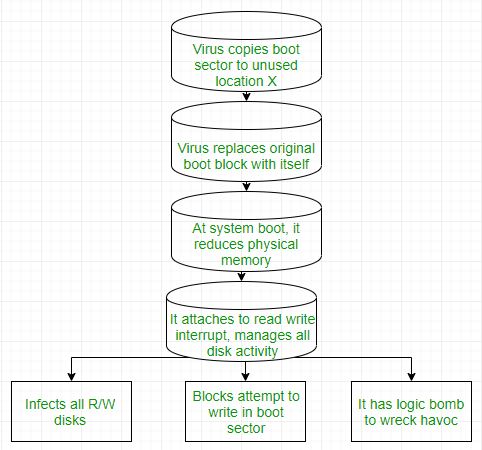

It’s critical to use the official Adobe Reader and keep it updated to guard against these types of command-level attacks and protect your system. But, if this code is infected with a virus, the command’s fulfillment will launch malware and compromise your system. Code-Manipulated System Commands Wreak HavocĪ PDF file can contain code that instructs your computer to execute a command. However, doing so can reduce the document’s functionality, so checking for a virus first is the best way to go. The best way to tackle malicious JavaScript files is to disable JavaScript within your PDF reader. However, attackers use JavaScript to exploit specific PDF reader vulnerabilities to initiate malware. It’s mostly used in website pages to control the functionality and the appearance of content. JavaScript is a programming language responsible for the creation of dynamic elements and graphics. Most PDF reader application will show you the same link destination near your cursor when you hover over a linkĭo not trust that the web address/URL you see printed is the same as the hyperlink address you’ll be forwarded to. You’ll see a small tooltip in the lower left of the page in a browser’s PDF reader. Pro Tip: Hover over any hyperlinks to see where they will take you. Still, knowing whether the PDF source you are downloading is safe and checking whether the hyperlinks are relevant to the document’s content is an essential step. Most antivirus software is capable of identifying infected hyperlinks. The hacker can compromise your system with unsolicited downloads or manipulate you into providing some information you wouldn’t otherwise give. Since it’s normal to find links to helpful resources within PDFs, attackers may use this to lead you to malicious sites. But, hyperlinks in PDF text can be just as harmful. PDF documents have a different level of psychological trust than a webpage. These files may also contain hyperlinks that redirect you to malicious sites or code the attacker uses to manipulate your system remotely. Therefore, you should always use an antivirus scanner to check embedded multimedia content.

However, if no malware protection measures are in place, a virus can launch and carry out its background tasks. Typically, you can download and play the video or audio successfully. This tactic is considered a trojan named for the Trojan Horse method of hiding an attack within something outwardly deemed harmless. Final Thoughts Multimedia Content May Include Hidden RisksĪ PDF document with multimedia content, such as Adobe Flash, video, and audio, can be easily corrupted using malware embedded within the multimedia files.Avoid Email Attachments Sent By Unknown Senders.Keep Your System and Applications Up to Date.How to Protect Yourself from Malicious PDFs.Code-Manipulated System Commands Wreak Havoc.Multimedia Content May Include Hidden Risks.


 0 kommentar(er)
0 kommentar(er)
